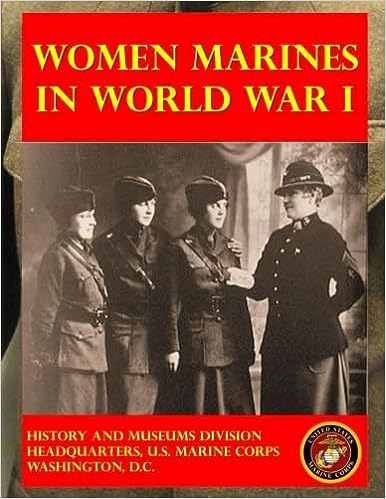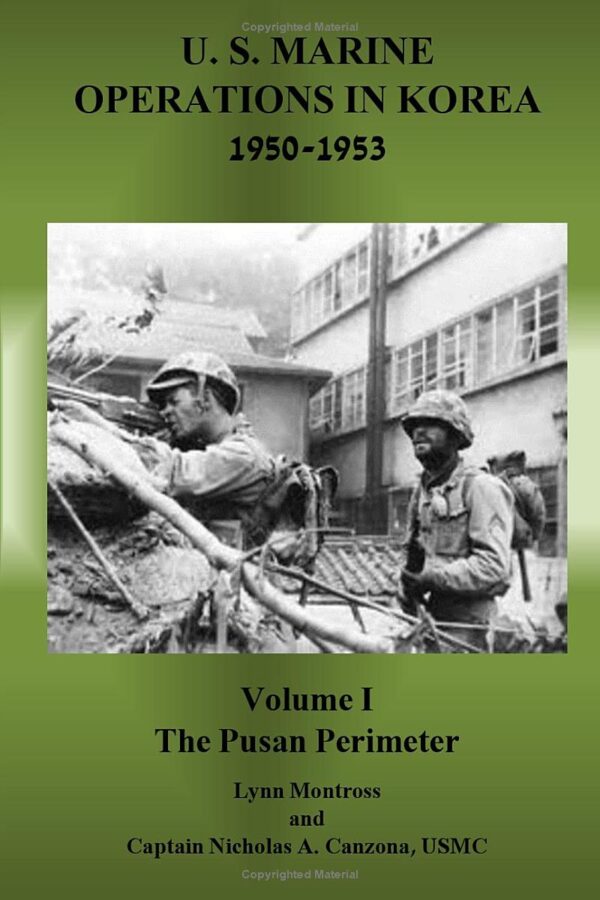In this book, the third in a projected five-volume series, continues the comprehensive history of Marine Corps operations in World War II. The story of individual campaigns, once told in separate detai1 in preliminary monographs, has been reevaluated and rewritten to show events in proportion to each other and in correct perspective to the war as a whole. New material, particularly from Japanese sources, which has become available since the writing of the monographs, has been included to provide fresh insight into the Marine Corps’ contribution to the final victory in the Pacific. During the period covered in these pages, we learned a great deal about the theory and practice of amphibious warfare. But most of all we confirmed the basic soundness of the doctrine which had been developed in prewar years by a dedicated and farsighted group of Navy and Marine Corps officers. These men, the leaders and workers in the evolution of modern amphibious tactics and techniques, served their country well. Anticipating the demands of a vast naval campaign in the Pacific, they developed requirements and tested prototypes for the landing craft and vehicles which first began to appear in large numbers at the time of the Central Pacific battles. Many of the senior officers among these prewar teachers and planners were the commanders who 1ed the forces afloat and ashore in the Gilberts, Marshalls, and Marianas. Allied strategy envisioned two converging drives upon the inner core of Japanese defenses, one mounted in the Southwest Pacific under General MacArthur’s command, the other in the Central Pacific under Admiral Nimitz. Although Marines fought on land and in the air in the campaign to isolate Rabaul, and played a part significant beyond their numbers, it was in the Central Pacific that the majority of Fleet Marine Force units saw action. Here, a smoothly functioning Navy-Marine Corps team, ably supported by Army ground and air units, took part in a series of amphibious assaults that ranged in complexity from the seizure of tiny and heavily defended islets, where there was little room for maneuver and no respite from combat, to large islands where two and three divisions could advance in concert.
694 pages





